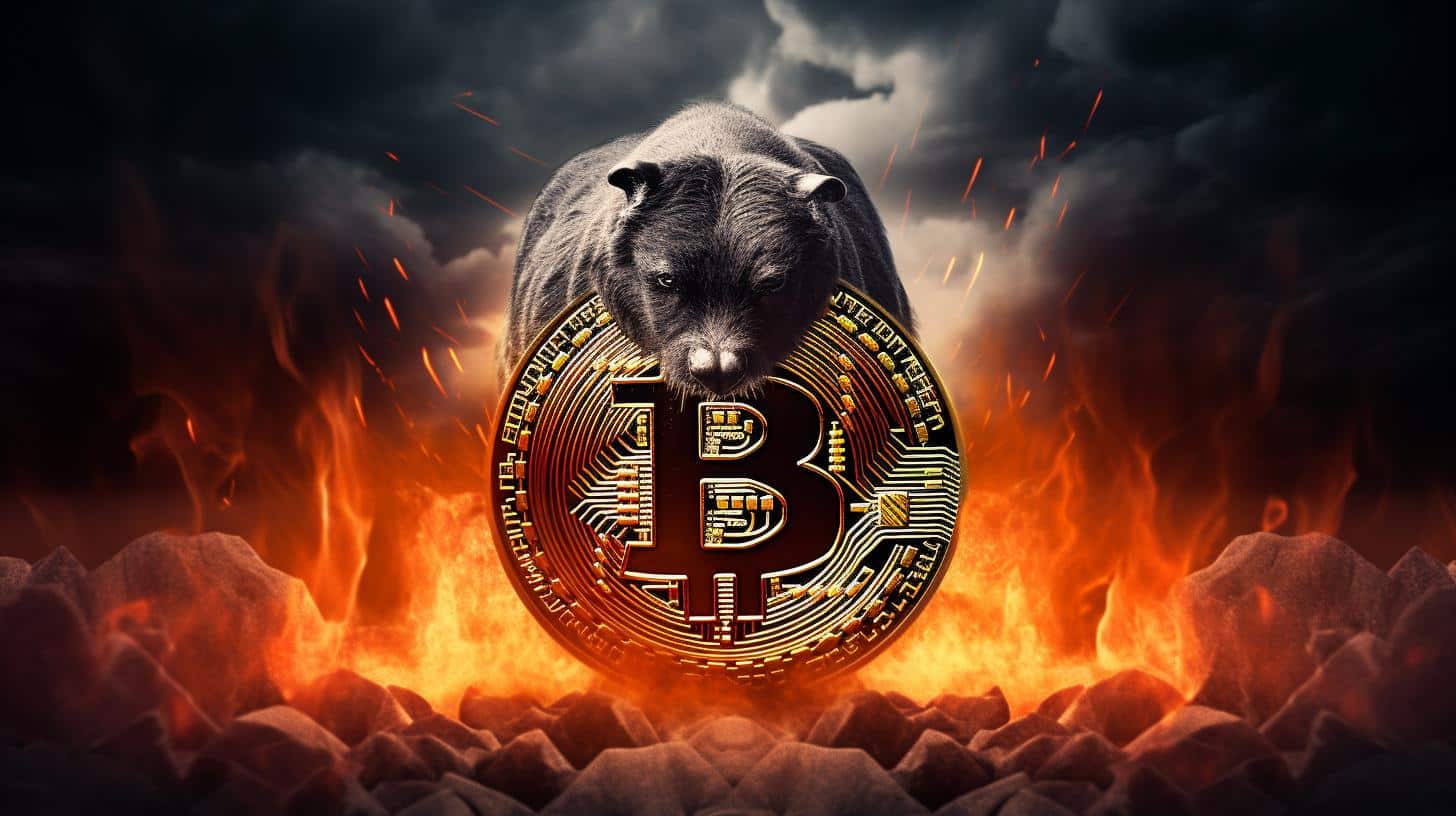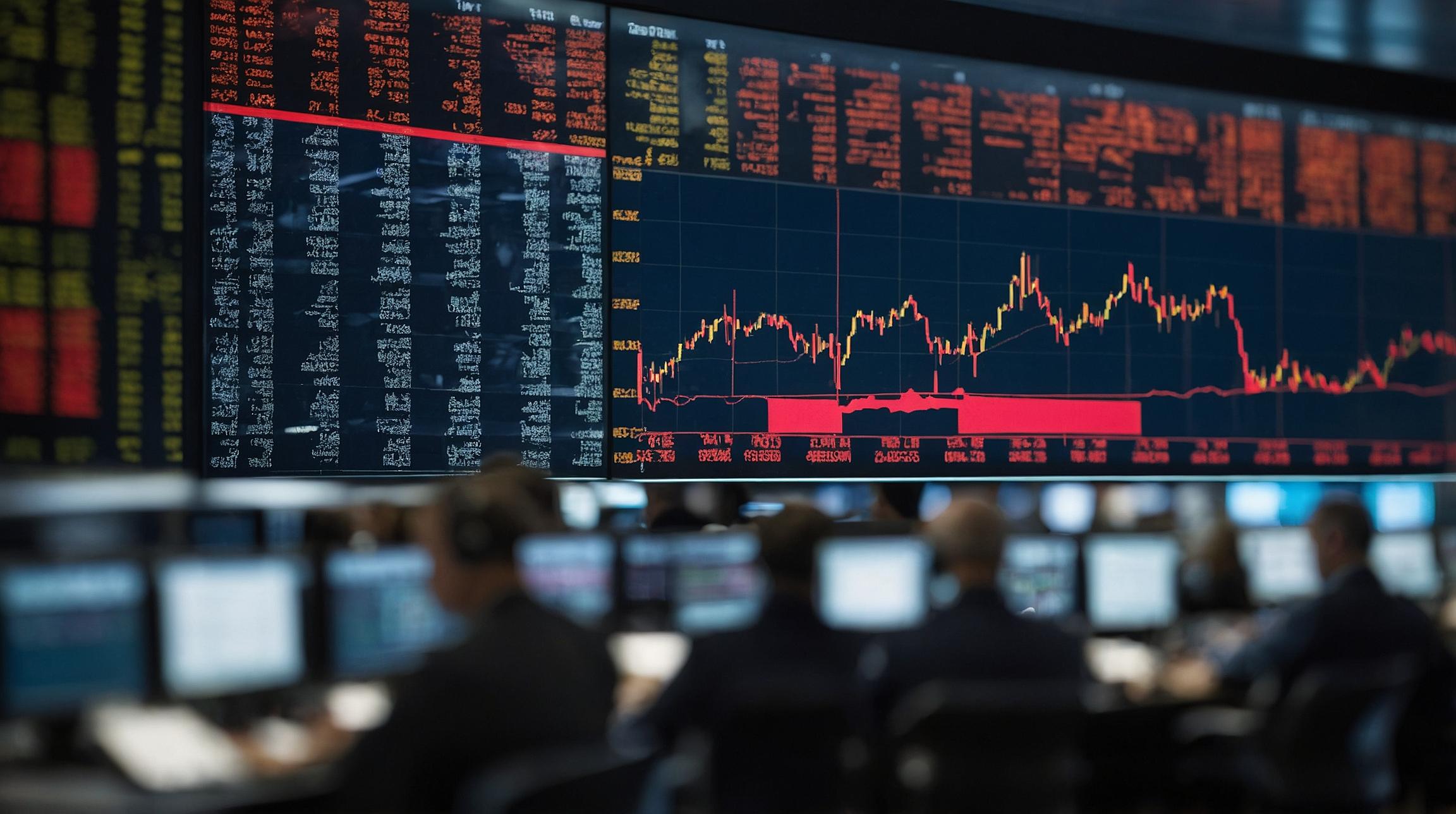A low Reserve Risk implies Bitcoin’s price is low and HODLer confidence is high.
Did you know that long-term holders store nearly 75% of all Bitcoins in circulation?
Crypto circles have been flooded with speculations on Bitcoin’s next moves from the ongoing rangebound price movement. For context, after ripping to yearly highs during June’s market rally, the king coin has bored market participants, meandering in a narrow zone between $29,000-$31,000.
A lot of expert analyses have attributed the lull to investors’ growing inclination to HODL coins rather than liquidate them for gains. However, it begs the question – Will the increased hoarding mentality eventually lead to an increase in the economic value of Bitcoin?
Bitcoin in early bull market?
According to an on-chain analysis tool Glassnode, the 7-day average of Bitcoin’s Reserve Risk indicator fell to a one-month low. A lesser-used but reliable metric, Reserve Risk comes in handy in measuring Bitcoin’s long-term growth potential.
The choice to purchase a Bitcoin was backed by the confidence of the existing and future participants. The more existing participants defer spending their coins, the stronger their belief in Bitcoin’s future prospects.
Glassnode defines Reserve Risk as basically the risk/reward ratio relative to long-term holders’ confidence.
As prices shoot up, so does the temptation to sell and lock in gains. While weaker hands capitulate, the seasoned ones resist the urge. Reserve Risk was ratio of the incentive to sell to the strength of the HODLers.
A low Reserve Risk implies that prices are low and HODLer confidence is high. A potential investor sees this as a positive signal to enter the market and purchase Bitcoins. Hence, the current situation signaled that a bull rally could be on the cards.
Historically too, as shown in the above graph, the dip to the green bands was followed by big price moves. This bolstered the perception that BTC was in the early stages of a bull market.
Bitcoin’s strengths drive HODLing
Long-term holders have been gaining strength over the past two years, storing nearly 75% of all Bitcoins in circulation as of this writing. As a result, the supply left for active traders, or the short-term holders, has depleted sharply.
BTC’s resilience shown during both crypto and TradFi crises, coupled with clearances from regulators, has paved the way for future investments and growth. As a result, investors increasingly look towards it as a store of value.













